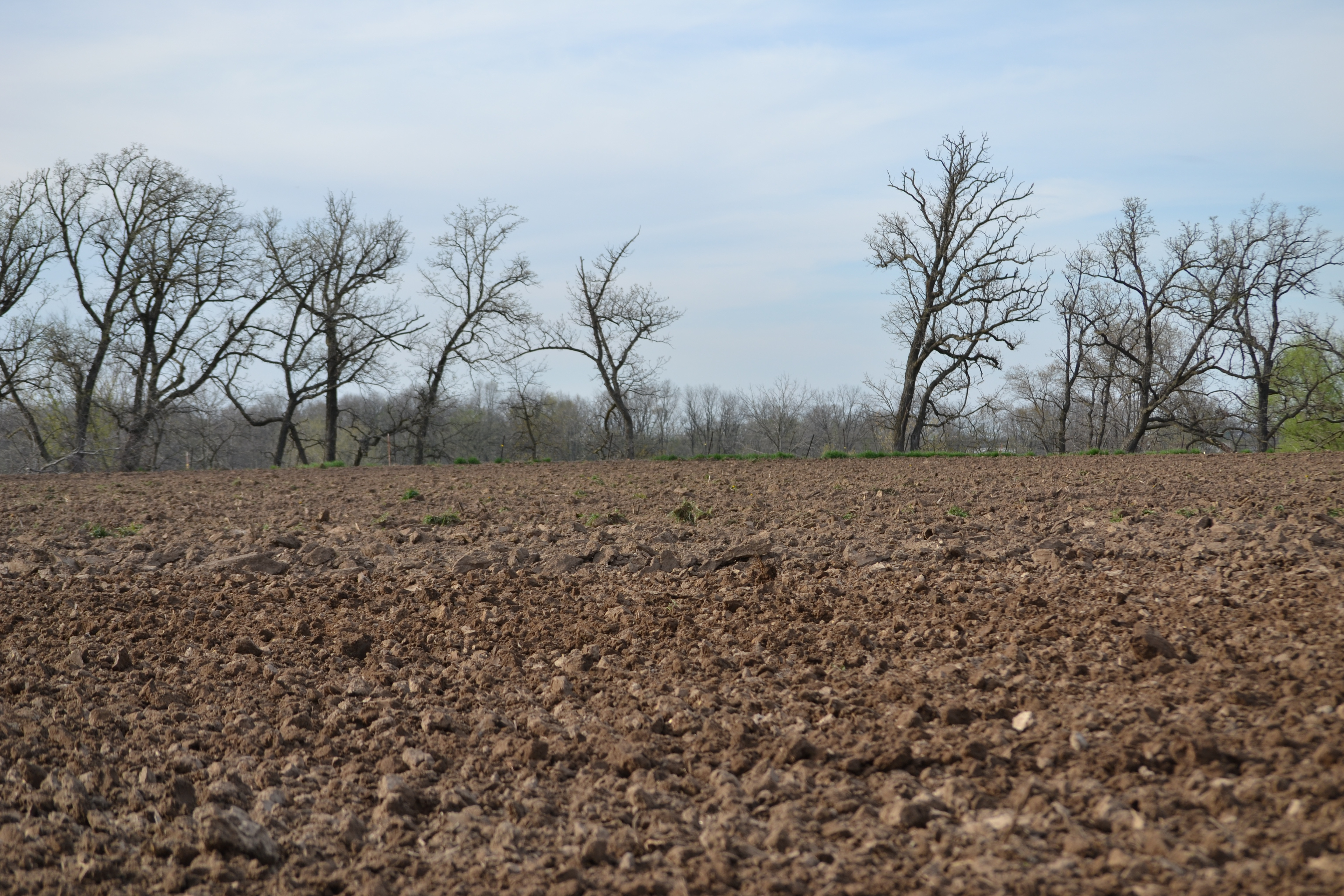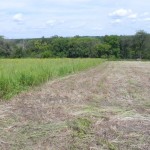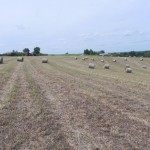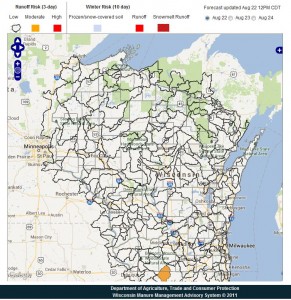What is the easiest and most effective way for farmers to increase crop productivity, profitability and improve the environment? Answer: Have a healthy and full functioning soil health management system in place.
Did you know that soil is made up of air, water, decayed plant residue, organic matter from living AND dead organisms and mineral matter? Having healthy soil allows the soil to fully incorporate nutrients into the ground and expand its water-holding capacity.
There are a variety of soil health management systems available such as: conservation crop rotation, cover crop, no till, mulch tillage, mulching, nutrient management and pest management. It is important to note that not all practices are applicable to all crops. If a management practice is not properly applied, the soil can be damaged. A soil consultant will be able to identify what practice works for your farm.
The benefits: Healthy soil will provide an environment that sustains and nourishes plants, soil microbes and beneficial insects. Incorporating good soil management on your farm will result in healthy soil for your crops both short term and long term.
According to the Natural Resources Conservation Service (NRCS) soil health can be improved by:
- Disturbing the soil as little as possible,
- Growing many different species of plants through rotations and using a diverse mixture of crop cover,
- Planting cover crops around harvest to keep living roots growing in the soil for as much of the year as possible and
- Keeping the soil surface covered with residue year round.
Providing a healthy environment for your crops will optimize your inputs, protect against drought and increase production.
Have additional questions about soil health management systems? Leave a comment and join the conversation about livestock to land and everything in between.
- Receive regular updates from the Livestock to Land blog, SUBSCRIBE.
















